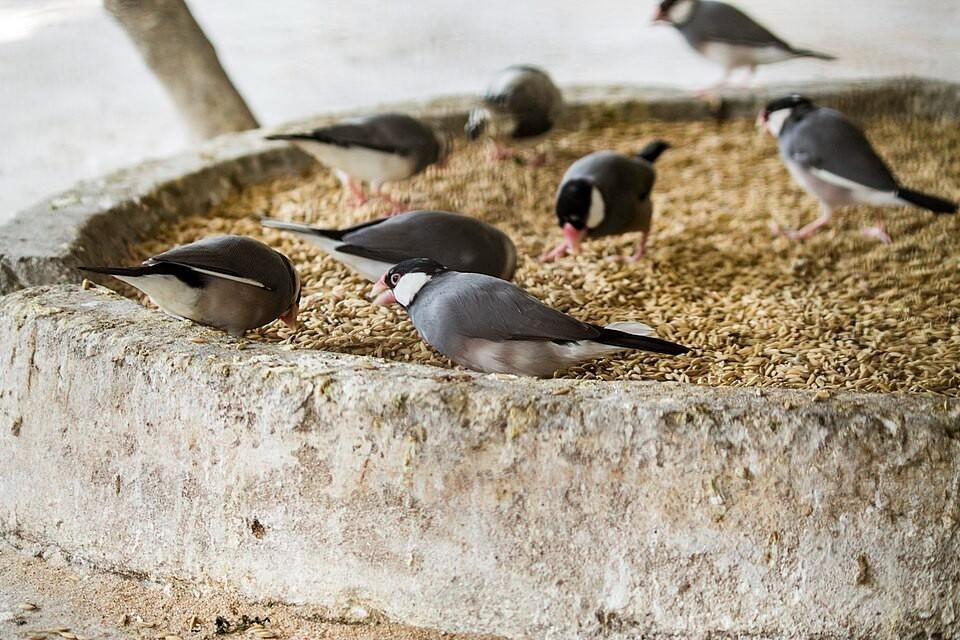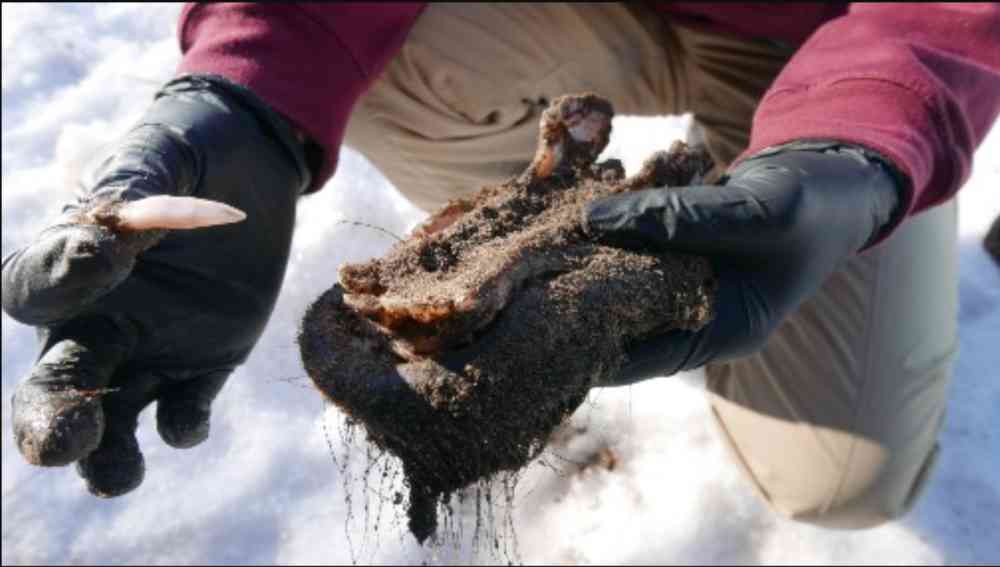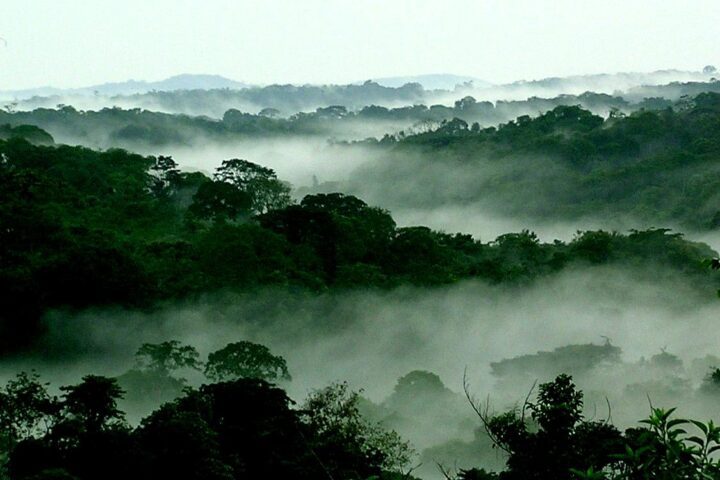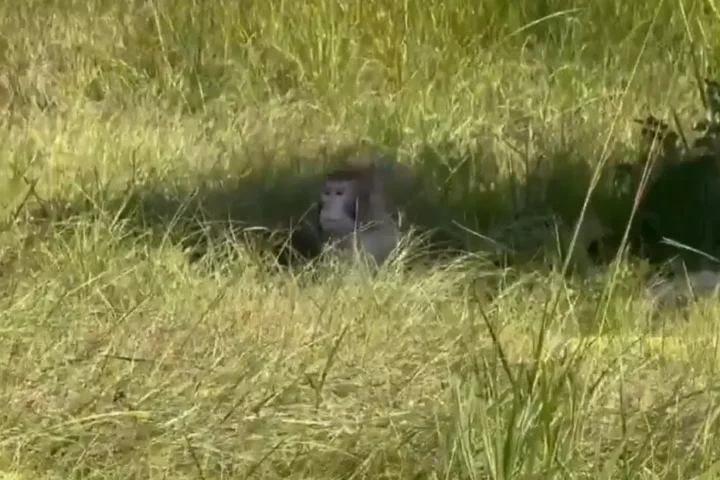A new study reveals a grim future for the world’s birds, with more than 500 species likely to vanish from the skies within the next 100 years. This alarming finding, published on June 24, 2025, in the journal Nature Ecology and Evolution, represents three times the number of bird extinctions recorded since the year 1500.
Researchers from the University of Reading examined nearly 10,000 bird species using data from the International Union for Conservation of Nature (IUCN) Red List to predict which birds face the highest risk of extinction.
“We face a bird extinction crisis unprecedented in modern times,” said Kerry Stewart, lead author of the research. “Many birds are already so threatened that reducing human impacts alone won’t save them.”
The study identifies habitat loss as the primary driver of these projected extinctions, with agricultural expansion destroying the natural environments birds need to survive. Climate change, hunting, and invasive species also pose significant threats.
Larger birds face greater danger from hunting and climate change impacts, while birds with broad wings are particularly vulnerable to habitat loss. Among the most threatened species are the bare-necked umbrellabird, the helmeted hornbill, and the yellow-bellied sunbird-asity.
Similar Posts
Perhaps most concerning is the finding that even if all human-caused threats stopped today, about 250 bird species would still die out because their populations have already declined so drastically.
“Stopping threats is not enough,” explained Professor Manuela Gonzalez-Suarez, senior author of the study. “As many as 250-350 species will require complementary conservation measures, such as breeding programs and habitat restoration, if they are to survive the next century.”
The researchers warn that these extinctions would do more than just reduce the number of bird species. They would drastically cut the diversity of bird shapes, sizes, and ecological functions across the planet. Many ecosystems rely on birds for vital services like seed dispersal, pest control, and pollination.
Birds with unique features often perform specialized roles in their habitats. When these unusual species disappear, entire ecosystem functions can collapse, affecting plants, other animals, and ultimately human communities that depend on healthy natural systems.
The study suggests a targeted approach to conservation. “Prioritizing conservation programs for just 100 of the most unusual threatened birds could save 68% of the variety in bird shapes and sizes,” said Gonzalez-Suarez. “This approach could help keep ecosystems healthy.”
While stopping habitat destruction would save the most birds overall, the researchers found that reducing hunting and preventing accidental deaths would better protect birds with unusual features that are especially important for ecosystem health.
Conservation success stories show that effective action can bring species back from the brink. The California condor, North America’s largest bird, went extinct in the wild by 1987 with only 22 birds remaining in captivity. Today, thanks to breeding programs and releases, their wild population has grown to about 350.
In the UK, the bittern – a reed-dwelling bird that went extinct as a breeding species in the 1870s due to wetland drainage for farming – now has its highest population in over 200 years following habitat restoration efforts, with more than 280 males recorded last year.
Birds like the European turtle dove, puffin, and great bustard also face extinction if current trends continue. The great bustard was previously hunted to extinction in Britain during the 19th century, but reintroduction efforts are now underway.
The latest State of the World’s Birds report finds nearly half of all bird species worldwide are declining, highlighting the global scale of the crisis.

“There is no magic bullet for solving the extinction crisis,” said Stuart Butchart, chief scientist at BirdLife International. Conservation efforts must include protected areas, threat reduction from agriculture and hunting, and targeted recovery programs like captive breeding and habitat restoration.
The researchers call for immediate action to reduce human threats across habitats and implement specialized rescue programs for the most unique and endangered species before they disappear forever.


















